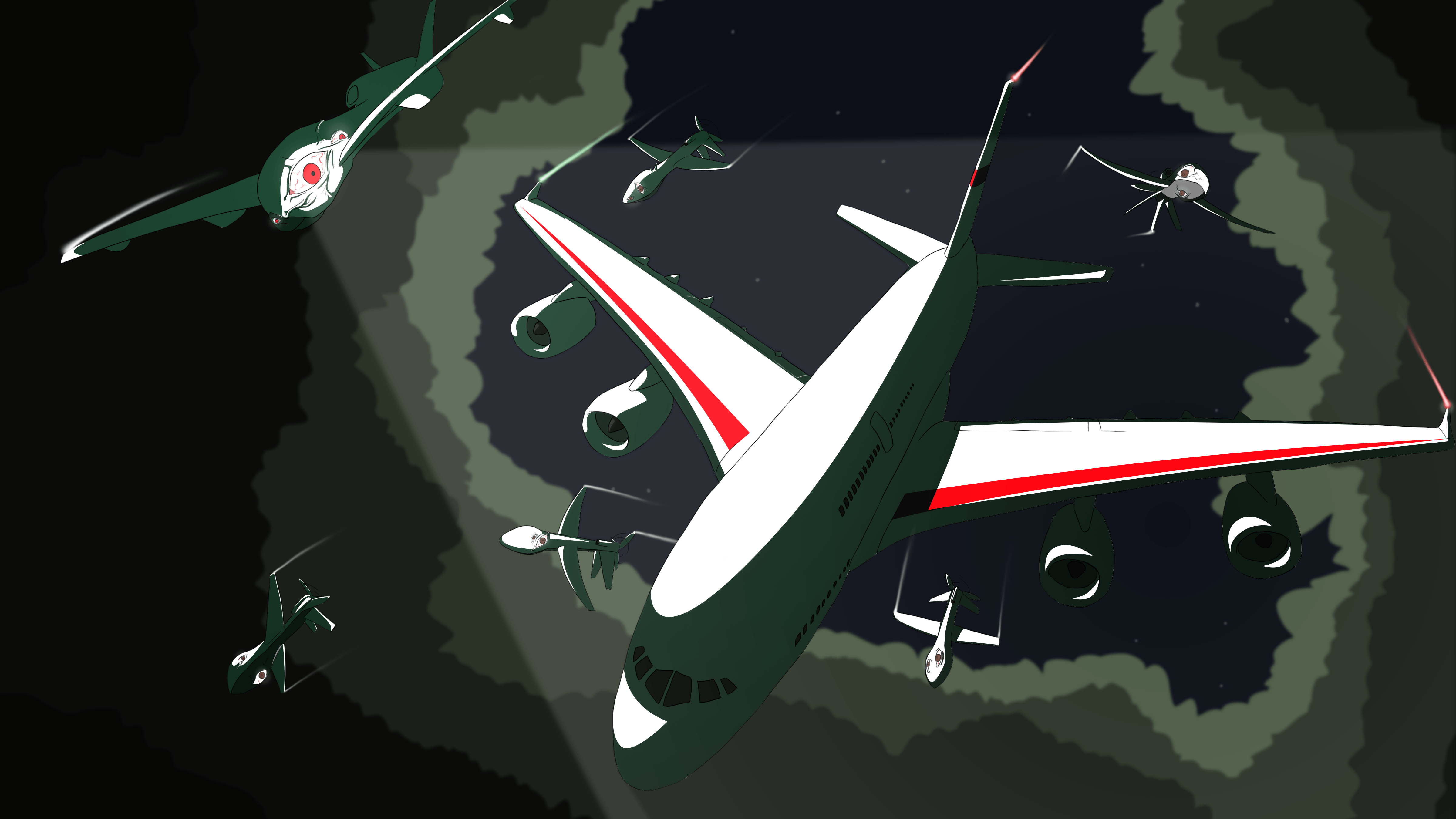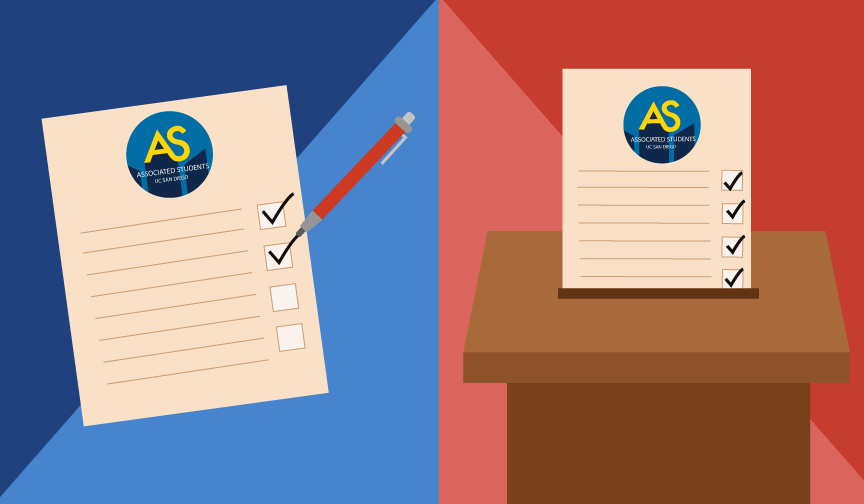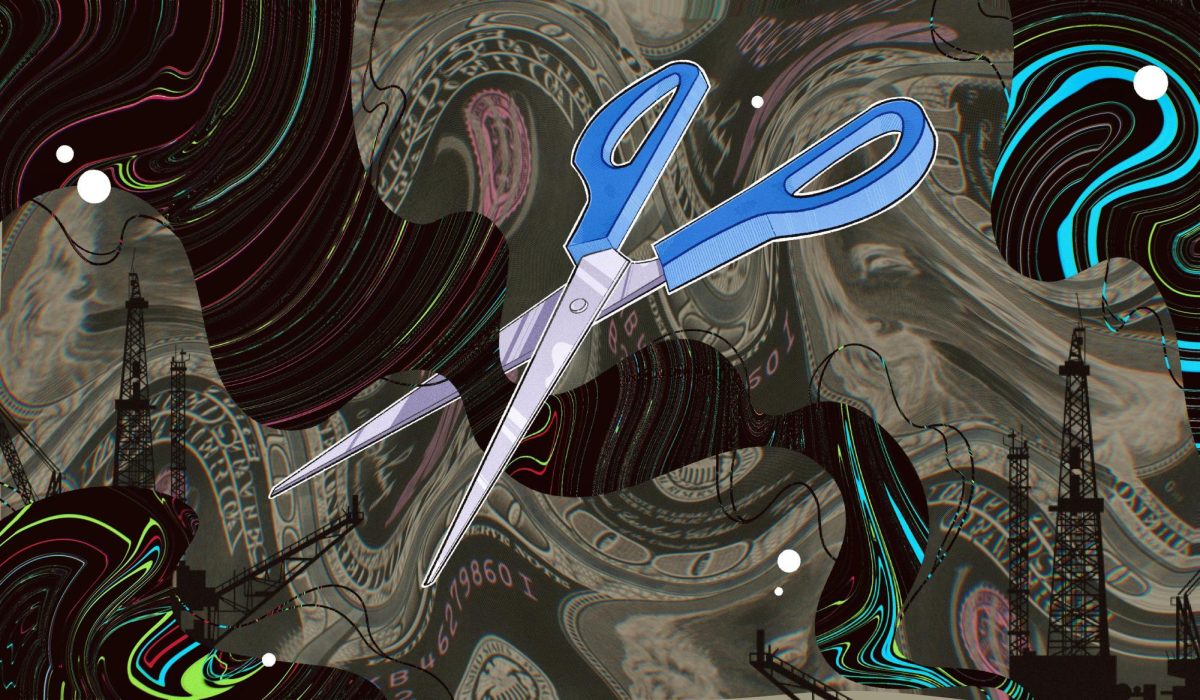
Drones. They may sound like flying lawnmowers, but drones are becoming more prevalent within society, to the degree where they can no longer be ignored. CBS News reported, “According to the Federal Aviation Administration, more than 650 pilots have reported seeing unmanned aircraft as of Aug. 9 this year, compared to a total of 238 such sightings for all of 2014.” While ushering a new aerial perspective to both filmmakers and photographers, drones have also created safety risks, from disturbing the flight of commercial aircraft to obstructing the firefighting efforts of first-responders. This is especially pertinent in California, with the ongoing drought and yearly wildfire season. In an effort to combat these issues, the United States government has issued new laws and restrictions regarding drone use to help limit these accidents. But how is this legislation going to create a safer atmosphere for both drone owners and the community, and how will it affect everyone’s privacy?
The new legislation requires that all drones be registered with the government. Much like car registration, drone registration will help ensure accountability and hopefully discourage illegal and unsafe flying practices. While drone registration will help to crack down on the infringement of privacy, these laws will require much more fine-tuning and calibration, just as drones do before flight. Situations such as how to hold owners accountable for flying their drones too close to commercial planes will only increase in urgency.
Since the current registration process for Unmanned Aerial Vehicles is paper-based, the Department of Transportation is attempting to transition to an electronic registration system, as reported the U.S. Government Publishing Office. Most likely, laws stipulating the maximum altitude drones can fly (around 400 feet) and requirements that drones are kept within the controller’s eyesight will also be established. More details will be released on Nov. 20 when the new UAV registration task force finalizes its recommendations to the Department of Transportation.
Beyond registration, a method of identifying drones and their owners must be established, or else most drone offenses, like hit-and-runs, will never be brought to justice. This is especially true if drone operators simply whisk their drones away from the scene of the crime. In addition, various types of drones should have different license requirements and processes, much like the different licenses available for motor vehicles ranging from motorcycles to trucks.
Furthermore, the widespread popularity of drones raises issues of privacy. Due to the altitude drones are able to reach and their wide field of view, the footage recorded from the drone may include individuals who do not wish to be recorded. As a byproduct of laws regulating where drones can be flown, most drone owners should be flying in desolate fields away from crowded cities, eliminating chances of an infringement of privacy. But there will always be those who purchase drones to spy on others. Additionally, they should ideally be flown on private property in which invasion of privacy is no longer an issue, or in public spaces where the expectation of privacy is very low.
At this point, some people may be tired of technology experts constantly droning on and on about new rules and regulations, so let’s move on to the real life applications of drones. Beyond taking cool aerial selfies to get likes on Facebook, drones have a multitude of applications, of which we’ve barely scratched the surface. Big tech companies, such as Amazon and Google, are discussing a new era of shipping materials using drone technology like Google’s Project Wing, according to the Wall Street Journal. A researcher at UCSD’s Calit 2, who is a member of Engineers for Exploration, said that drone technology is currently being used to help archaeologists scan for Mayan ruins and is also being used by biologists and conservationists to find harpy eagles. While it has taken around a century to develop autonomous cars, it has only taken a decade to develop drones with autonomous capabilities. Companies such as 3DR are making drones with pre-coded aerial maneuvers designed for users who want high-quality aerial footage without professional training.
While many people will not go out and purchase drones in the near future, everyone should be mindful of integrating drones safely into our lives, especially as they continue to increase in popularity. Important problems, such as their interference with law enforcement, fire-fighting efforts and their potential invasions of privacy must not be underestimated. Perhaps in the near future, instead of looking for cars when crossing the road, we might look up at a sky full of drones and hear others complain about the hassle of registering their drones with long wait times and service even worse than at the DMV.













